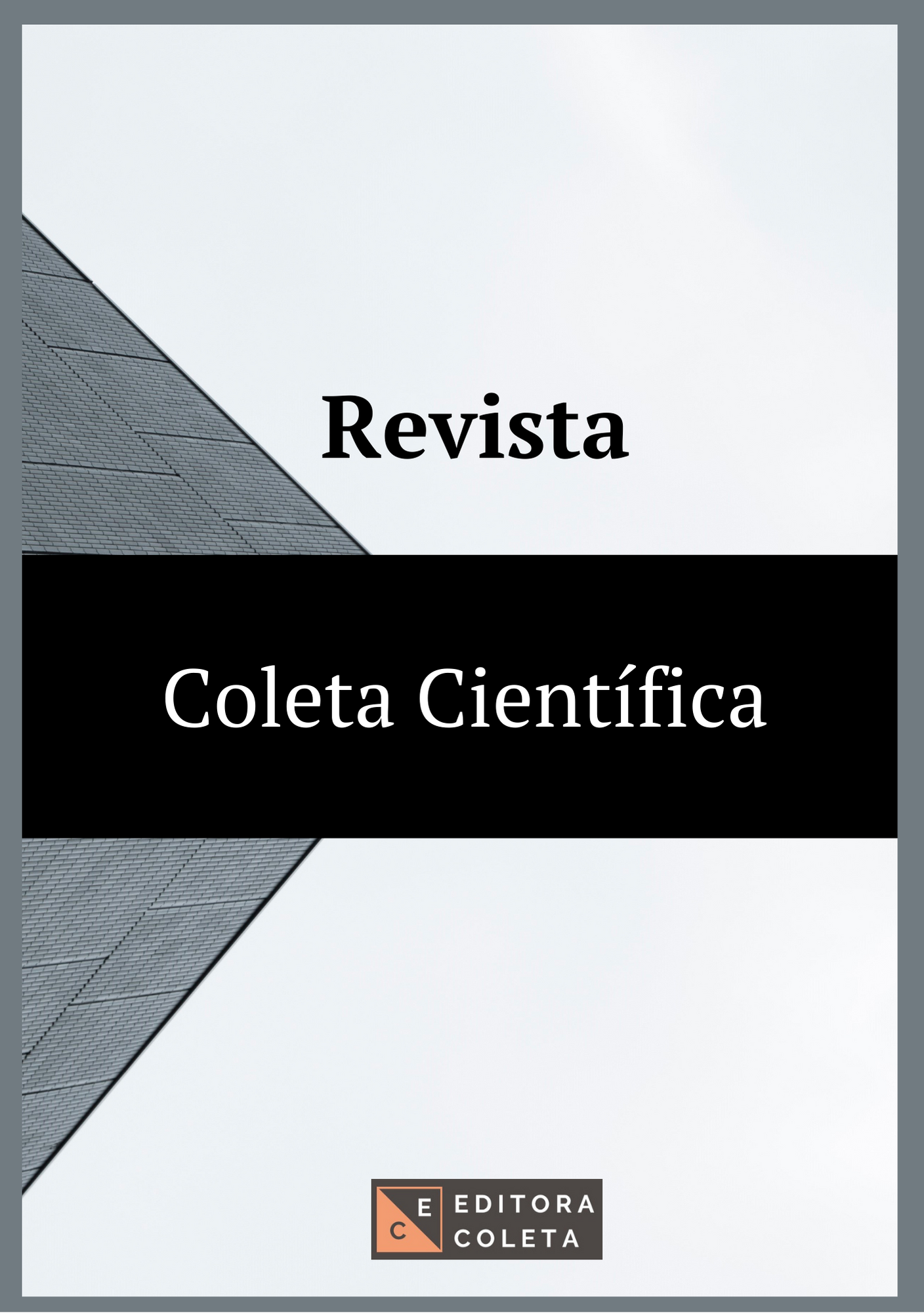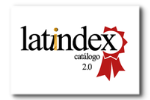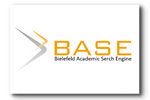Gametherapy in the rehabilitation of patients with cerebral palsy
DOI:
https://doi.org/10.5281/zenodo.5784211Keywords:
Virtual Reality. Physiotherapy. Balance. Cerebral Palsy. Video games.Abstract
Cerebral palsy (CP) involves motor deficits often related to sensory and cognitive dysfunctions, grouping of a non-progressive brain injury. Gameterapy represents daily life through technology stimulating a neuropsychomotor response, as it is an innovative therapy, performed in a playful way. Virtual Reality (VR) has been used as an accessible therapy for patients with neurological injury and is considered a three-dimensional alternative, through devices that simulate activities that can be performed in the patient's daily life. The objective of the study was to carry out a bibliographic review on the benefits of using technologies called gameterapy and VR in improving the balance of patients with CP. Research was conducted in electronic databases, and 321 articles were found, of which 4 were duplicated in two of the databases, 310 were excluded because they did not present in their methodologies proposals for care using VR and/or gametherapy for the treatment of patients. balance deficits in CP, REVISTA INSPIRAR movimento & saúde Edição 20 | Número 4 OUT/NOV/DEZ | 2020 - 3 - so 11 articles were included in this study. From this bibliographic review, it was verified the effectiveness in the use of VR and gametherapy in the treatment of those requested with CP to improve balance. Because it is a more fun and lucid therapy, patients feel motivated to make a proposal, so this tool adds to traditional physiotherapy to improve balance in CP. It is suggested to carry out new studies with a larger number of participants and with well-defined methodologies.
References
Bussador A, Junior JA, Peres LW, Calori F, Pinotti J, Targão J et al. Desenvolvimento de uma plataforma tridimensional para auxílio no tratamento de pacientes com paralisia cerebral. Anais do Seminário Científico Organizações, Tecnologia e Relações Internacionais - Centro Universitário UDC. 2014: 1-7.
Carvalho, T. P. V., Silva, P. P. da, Garção, D. C., Ferreira, A. P. L., & Araújo, K. M. de. (2014). Efeitos da gameterapia na mielorradiculopatia esquistossomótica: Relato de caso. Motricidade, 10(2). https://doi.org/10.6063/motricidade.10(2).2660
Costa, D., Gonçalves, J.C., Cantino, R. C. G, Moura, R.S. (2021). Sobre a interdisciplinaridade como conceito. Revista Coleta Científica, vol. 5, n. 9, p. 119–134.
Elad D, Barak S, Silberg T, Brezner A. Sense of autonomy and daily and scholastic functioning among children wih cerebral palsy; Reseach in Developmental Disabilities. 2018; 80:161-69.
Gordon C,Martin SR, Gregg A. Pontential of the Nintendo Wii ™ as a rehabilitation tool for children with cerebral palsy in a developing country: a pilot study. 2012; 98(3): 238-24
Mancini MC, Alves ACM, Scharper C, Figueiredo EM, Sampaio RF, Coelho ZAC et al. Gravidade da paralisia cerebral e desempenho funcional; Rev. bras. fisioter. 2004; 8 (3): 253-260.
Mancini MC, Fiúza PM, Rebelo JM, Magalhães LC, Coelho ZAC, Paixão MC et al. Comparação do desempenho de atividades funcionais em crianças com desenvolvimento normal e crianças com paralisia cerebral. Arq neuropsiquiatr 2002; 60(2-b):446-452.
Oliveira LB, Dantas AC, Paiva JC, Leite LP, Ferreira PHL, Abreu TMA. Recursos Fisioterapêuticos Na Paralisia Cerebral Pediátrica; CATUSSABA. 2013; 2(2): 25-38. REVISTA INSPIRAR movimento & saúde Edição 20 | Número 4 OUT/NOV/DEZ | 2020.
Oliveira LL, Nery LC, Gonçalves RV. Efetividade do método suit na função motora grossa de uma Criança com paralisia cerebral; R Revista Interdisciplinar Ciências Médicas. 2018; 1(2): 15-21.
Oliveira, AIA, Golin MO, Cunha MCB. Aplicabilidade do Sistema de Classificação da Função Motora Grossa (GMFCS) na paralisia cerebralrevisão da literatura. Arq Bras Ciên Saúde. 2010: 35(3), 220-4.
Palisano R, Rosenbaum P, Bartlett D, Livingston MH. Gross Motor Function Classification System For Cerebral Palsy; Dev Med Child Neurol. 1997; 39:214-23.
Rajagopal A, Kidziński L,Mcglaughlin A,Hicks J, Delp S, Schwartz M. Estimating the effect size of surgery to improve walking in children REVISTA INSPIRAR movimento & saúde Edição 20 | Número OUT/NOV/DEZ | 2020 - 16 - with cerebral palsy from retrospective observational clinical data. Scientific Reports. 2018; 8. 4 Jiao Y,Li XY,Liu J. A New Approach to Cerebral Palsy Treatment: Discussion of the Effective Components of Umbilical Cord Blood and its Mechanisms of Action; Cell Transplantation 1–13ª, 2018.
Rézio GS, Cunha JOV, Formiga CKMR. Estudo da Independência Funcional, Motricidade e Inserção Escolar de Crianças Com Paralisia Cerebral; Rev. Bras. Ed. Esp. 2012; 18(4): 601-14.
Santos LR, Carregosa AA, Masruha MR, Santos PA, Coêlho ML, Ferraz DD, et al. The Use of Nintendo Wii in the Rehabilitation of Poststroke Patients: A Systematic Review. Journal of Stroke and na cultura.
Silva DBR, Dias LB, Pfeifer LL. Confiabilidade do Sistema de Classificação da Função Motora Grossa Ampliado e Revisto (GMFCS E&R) entre estudantes e profissionais de saúde no Brasil; Fisioter Pesqui. 2016; 23(2):142-7.
ZANINI, G.; CEMIN, N. F.; PERALLES, S. N. Paralisia Cerebral: causas e prevalências. Revista Fisioterapia em Movimento, 2009; 22(3): 375-81.
Downloads
Published
How to Cite
Issue
Section
ARK
License
Copyright (c) 2021 (CC BY 4.0)

This work is licensed under a Creative Commons Attribution 4.0 International License.



















